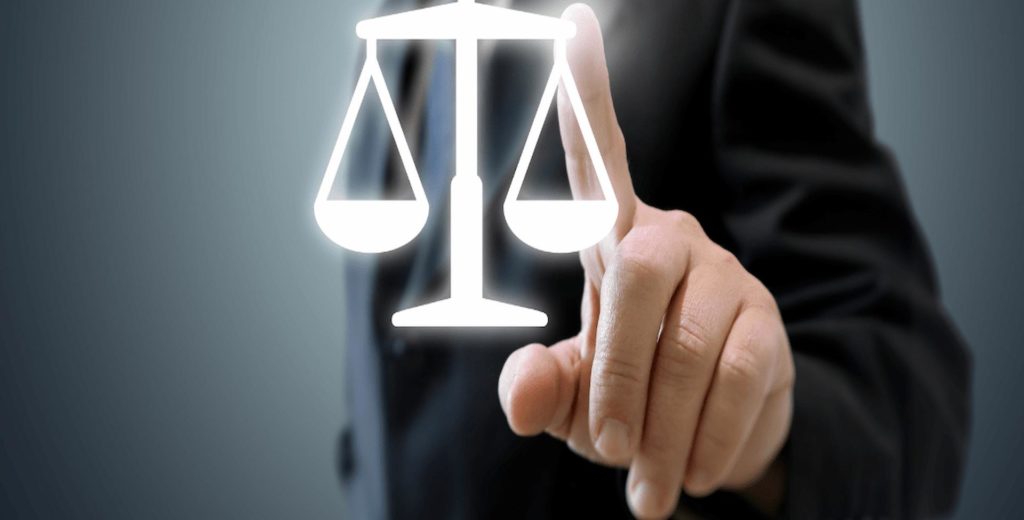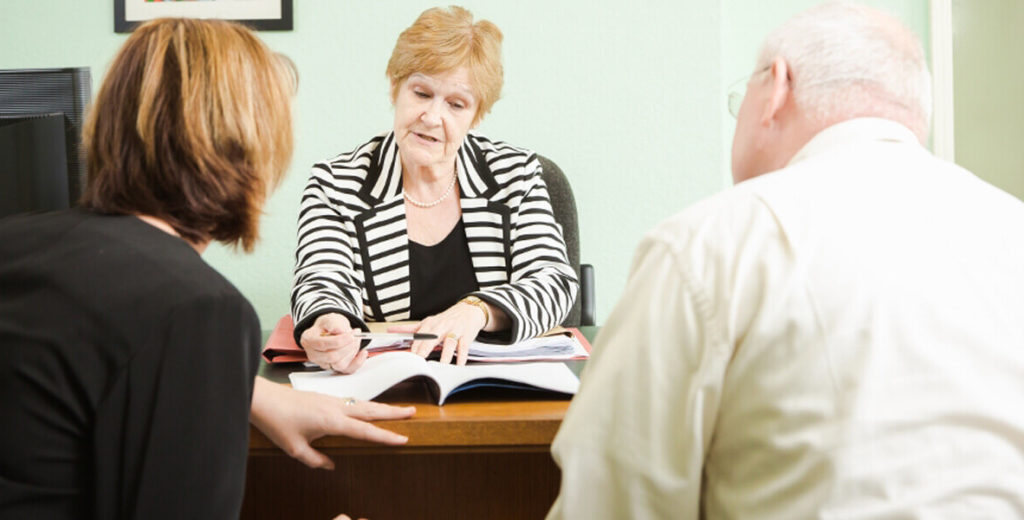Following an accident on an ice skating rink, it is important that you seek legal advice so that you can establish your eligibility for compensation. If you would rather do some research yourself, however, below we have prepared what you should know before making a claim:
Your legal rights following an ice skating accident
The law makes it very clear that if you have been injured as a result of somebody else’s actions or inactions, then you have the legal right to compensation. And even where liability is questionable, you still have the legal right to seek advice from a lawyer.
Click now to discuss your case with an experienced claims advisor or lawyer.
“Assumption of Risk”
“Assumption of risk” is the term used to describe the scenario where the claimant knowingly exposed themselves to injury. It is a term used commonly by the defendant in ice skating accidents, because ice skating is by its very nature dangerous. This is an important thing to consider, because if the ice rink operator can prove that you knowingly exposed yourself to risk, your case will become weak and it may be unsuccessful.
To counteract this, a lawyer will argue that the operator did not take reasonable measures to prevent an injury. It is also important to consider that “assumption of risk” cannot be applied to all skating accidents. Because while anyone who ice skates accepts that there is a risk of slipping, tripping and falling, they expect to be protected from hazards that are preventable. If it can be proven that the ice rink operator failed to protect the claimant, then a strong case can be made and it is likely that a claim will be successful.
Building you a strong case
To build a compelling case for compensation, it has to be proven that the ice rink operator failed in their duty to protect the injured party. To do this, a lawyer will review the health and safety record and practices of the ice rink operator. If it is found that the operator failed in any way to protect the injured party, then this will be used against them.
For example, ice rink operators must ensure that potentially dangerous flaws in the ice are fixed quickly and also that any ice skating equipment is fit for use. Signs should also be placed in easy to read locations, detailing the dangers of ice. There should also be relevant instructions for skaters to ensure that they follow the flow of traffic. There should also be a strict crowding policy in place to ensure adequate space for every skater. If it can be proven that these measures were not taken, then the ice rink operator can be held responsible.


